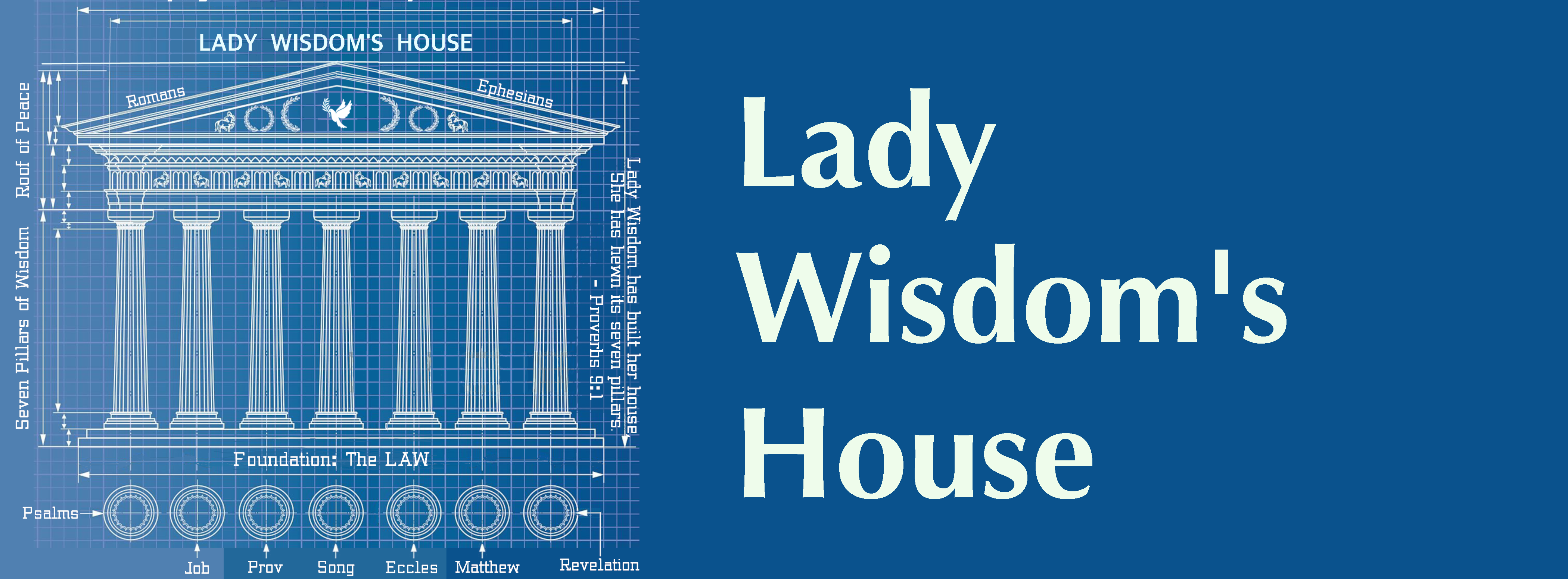Habakkuk Part 1
969 words long.
Published on 2024-03-30
The Lord keeps his promises: Outline of Habakkuk
The surface concern of Habakkuk is the imminent invasion of Judah by the Babylonian Empire, ruled by Chaldeans. Habakkuk cries out in distress and the Lord promises action. One of the most significant purposes of the story in John 21 is to show God keeping some of the promises he made to Habakkuk. Habakkuk is interesting in another way: it is built upon another triangular number, the seventh, which is the number twenty-eight.
Though Habakkuk is divided into three chapters, it has seven sections:
- 1:1-4. Outline of book, with one question to introduce each of the first six sections.
- 1:5-11. Two characteristics of the Chaldean invaders: bitter and hasty.
- 1:12-2:1. Three threes about people caught in a cruel net.
- 2:2-5. The vision that contrasts the righteous & wicked. It has four instructions about how to communicate the vision. Then four assurances that it will come true at the proper time. Then four qualities of the wicked (pride, arrogant treachery, greed, and oppression). Then one admirable quality of the righteous: faith.
- 2:6-20. Five woes are pronounced for breaking the commandments: theft, worshiping another god, murder & lies, adultery, and idolatry.
- 3:1-16. Ten ideas each expressed six times, about God’s war against the wicked. The ideas are time, weapons, wrath, fear, heaven & earth, water, glory, shaking, enemies, and the prophet’s response.
- 3:17-19. Six aspects of harvest failure are listed, followed by a seventh part of praise to God, believing that God would enable him one day to climb his high hills.
Each section counts out one more example of the thing being discussed than the previous section:
1+2+3+4+5+6+7 = 28
Thus Habakkuk has its structure built upon the seventh triangular number. This proves that triangular numbers (of which 153 is one) were recognized by the prophets and factored into their writings. Now let’s dive into Habakkuk, one section at a time.
Part 1: Habakkuk’s Questions
In the first section, Habakkuk asks his questions. Those six questions would be taken up in order in the remaining sections, save the seventh, which is the prophet’s personal response to God’s answers. The numbers here are question numbers, not the accepted verse numbers.
O Lord, how long shall I cry for help, and you will not hear?
Habakkuk’s first plea is to be heard. It refers to the first section of the book itself. God answers the prophet in sections two and four. The fact that He answered proves that God is listening and he cares. It is the content of the answers that terrified Habakkuk.
Or cry to you “Violence!” and you will not save?
The Lord announces a violent Chaldean invasion in section 2. The invasion would occur as predicted.
Why do you make me see iniquity, and why do you idly look at wrong?
The connection between the question and the section is “why do you idly look at traitors” (1:13). Habakkuk challenges God to not only take action, but adopt a form of action that will defend the innocent.
Destruction and violence are before me; strife and contention arise.
Pride, arrogance, greed and oppression are exposed in section 4. The phrase “never at rest” (2:5) captures the constant strife.
So the law is paralyzed, and justice never goes forth.
In keeping with this summary, the fifth section will identify which of God’s laws are being broken. Then it will pronounce five woes against the lawbreakers. The laws being broken are against theft, lying, murder, adultery, idolatry and worshiping other Gods. Ah, but it also will tell us that “the Lord is in his holy temple…”
For the wicked surround the righteous; so justice goes forth perverted.
The sixth section will show God marching forth in battle. Now it will be the wicked who are surrounded, not the righteous.
Why waste ink showing how section one is a glorified table of contents? I read and reread the book of Habakkuk dozens of times over the decades but not until about two years ago did I notice that the prophet provided this clear outline to his thoughts. If it is so obvious, how could an MIT physics grad repeatedly miss it? Folly and unbelief easily blind us to the obvious. This book is as logical and orderly as they come, but even the educated can be baffled by it. Consider no scripture knowledge to be simple or useless.
Links to the other articles in this section:
- Connections to other books The scope of inquiry is given. The riddle is connected to Genesis, Psalms 34 and 119, Jeremiah 32, Habakkuk, John 21, Matthew 13, and Revelation 9.
- Defining 153 Noah's Flood is shown to have lasted precisely 153 days.
- Fear 153 is connected to the Fear of the Lord through Psalms 24 and 119, Luke 12 and 2 Kings 17.
- Hope Jeremiah connects a related victory number, seventeen (17), to hope. Then the themes of John 21 are connected to Habakkuk.
- Habakkuk: Part 1 Analysis of Habakkuk 1:1-4. Habakkuk puts questions to God.
- Habakkuk: Part 2 Analysis of Habakkuk 1:5-11. God doubles down: the bitter and hasty Chaldeans are coming.
- Habakkuk: Part 3 Analysis of Habakkuk 1:12-2:1. Habakkuk complains with three threes about innocent people caught in a cruel net.
- Habakkuk: Part 4 Analysis of Habakkuk 2:2-5. God offers a fourfold assurance to the faithful.
- Habakkuk: Part 5 Analysis of Habakkuk 2:6-20. Five woes are pronounced against lawbreakers.
- Habakkuk: Part 6 Analysis of Habakkuk 3:1-16. Prophecy of God's coming six-ply war against the wicked.
- Habakkuk: Part 7 Analysis of Habakkuk 3:17-19. Six laments over a barren harvest and a seventh praise of God in faith.
- The Fifth Trumpet of Revelation The Revelation 9 Plague of Locusts lasts 153 Years.
- Habakkuk's War Revisits the sixth section of Habakkuk with a final insight into God's battle plan.

